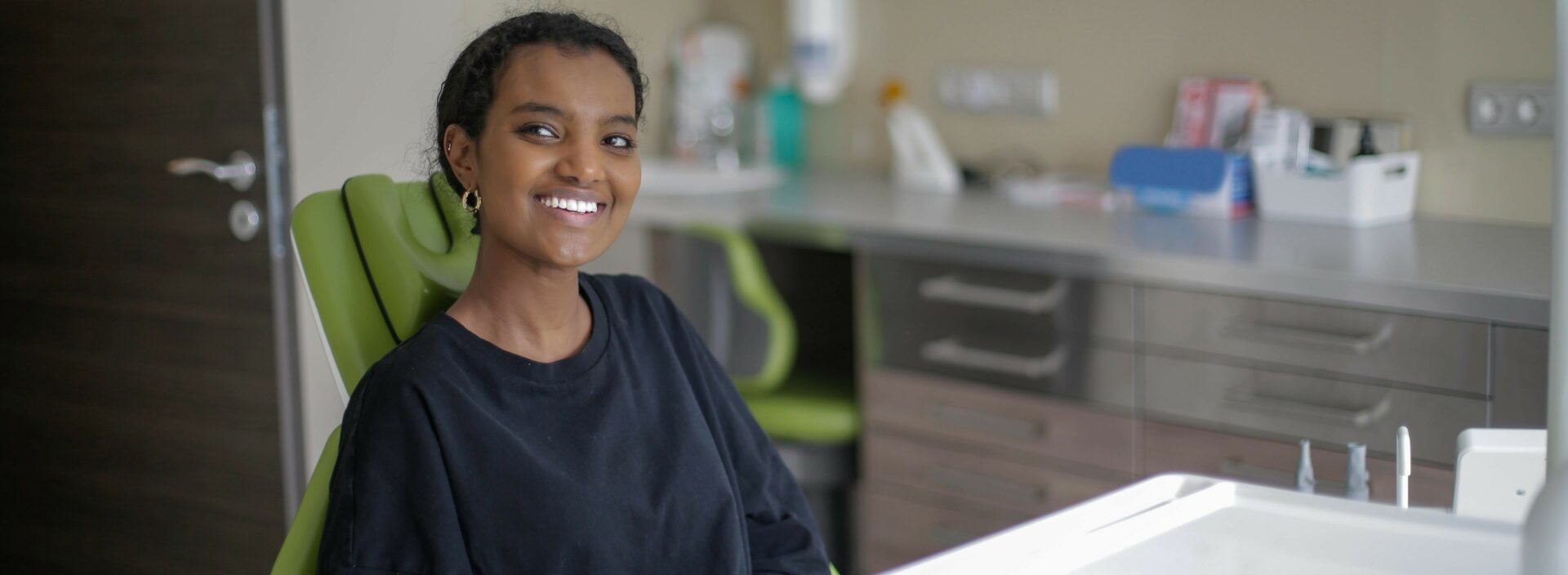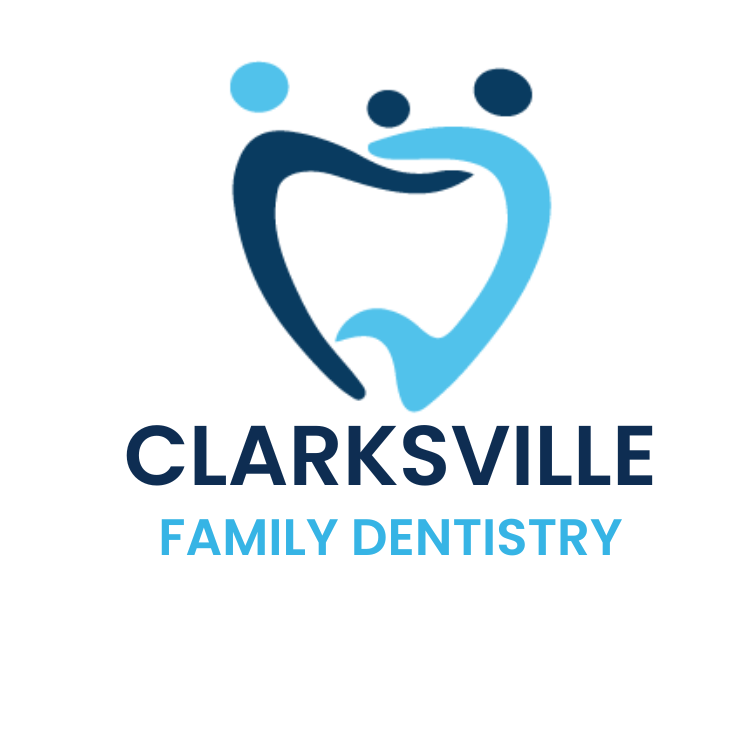
Overcoming Dental Anxiety and Fears
Dental anxiety and phobia are issues that many people face. They range from mild uneasiness to severe fear, often preventing individuals from seeking necessary dental care. This avoidance can lead to poor oral health and more complex dental problems down the line. Today, we’ll explore four practical strategies to manage and overcome dental anxiety and phobia, each based on insights from dental health experts. This will help you understand the importance of tackling these fears and maintaining your oral health.
Understand Your Fear
One of the first steps in overcoming dental anxiety is understanding what specifically causes your fear. Common triggers include fear of pain, feelings of helplessness, and embarrassment about dental issues. Many people feel out of control when sitting in the dentist’s chair, unable to see what is happening or to communicate easily.
To address this, try to identify and acknowledge your specific fears. Write them down and discuss them with your dentist. Modern dental practices have advanced significantly, offering pain-free treatments and various ways to help patients feel more in control. For instance, many dentists now use digital 3D scanners instead of traditional dental impressions, eliminating discomfort from gagging or choking on impression materials. By communicating openly with your dentist, you can develop a plan to address these fears and make your visits more comfortable.
Understanding your fear is crucial because it allows you to tackle the root cause. This could involve learning about the procedures and what they entail. Sometimes, the fear of the unknown can be more daunting than the procedure itself. Asking your dentist to explain each step of the process can demystify the experience and reduce anxiety. Additionally, you can ask for breaks during the procedure, ensuring you feel in control throughout the visit. This proactive approach can transform your dental visits into a more manageable experience.
Practice Relaxation Techniques
Relaxation techniques can significantly reduce dental anxiety. Deep breathing exercises, progressive muscle relaxation, and visualization are effective methods to calm your nerves before and during dental visits.
Deep breathing involves taking slow, deep breaths, holding them for a few seconds, and then exhaling slowly. This practice can help slow your heart rate and relax your muscles, making you feel more at ease. Progressive muscle relaxation involves tensing and then slowly releasing different muscle groups in your body, which can reduce overall tension and anxiety.
Visualization techniques, where you imagine a peaceful and calming place, can also distract you from the stress of the dental procedure. By incorporating these practices into your routine, you can create a more relaxed state of mind that helps you manage your anxiety.
It’s important to integrate these relaxation techniques into your daily routine, not just before dental visits. Regular practice can make it easier to employ these techniques during stressful situations. You can also listen to calming music or guided relaxation tracks while in the waiting room or during the procedure. Many dental offices are equipped with headphones and a selection of music or even offer virtual reality glasses to help patients relax. These additional tools can further enhance your relaxation techniques, providing a multi-sensory approach to managing anxiety.
Seek Support and Use Distractions
Support from friends, family, or a professional can be invaluable when dealing with dental anxiety. Bringing a trusted friend or family member to your appointment can provide comfort and reassurance. Additionally, some dental offices allow you to use distractions such as listening to music, watching TV, or even wearing virtual reality glasses during your treatment.
Talking to a mental health professional about your fears can also be beneficial. Cognitive-behavioral therapy (CBT) has been shown to help many people overcome phobias and anxiety by changing negative thought patterns and behaviors. This type of therapy can provide you with strategies to manage your fear and reduce anxiety in the long term.
Utilizing distractions during dental visits can significantly lessen your anxiety. Many dental offices are now designed with patient comfort in mind, offering amenities such as ceiling-mounted televisions, music players, or even nature scenes to watch. These distractions can divert your attention away from the procedure and make the experience more bearable. Combining these distractions with the support of a loved one or professional can create a comprehensive approach to managing your dental anxiety.
Take Small Steps and Build Positive Experiences
Starting with small steps can help build positive experiences and gradually reduce dental anxiety. Begin with non-invasive visits, such as cleanings or consultations, to become more comfortable with the dental office environment. These visits can help establish trust with your dentist and staff, making future procedures less daunting.
Scheduling your appointments at times when you feel less rushed and more relaxed, such as early in the morning or after work, can also make a big difference. Additionally, reward yourself after each visit. Positive reinforcement can help create a more favorable association with dental care.
By taking these gradual steps and celebrating your progress, you can slowly overcome your fear and make regular dental visits a part of your routine. It’s also helpful to keep a journal of your experiences. Documenting your visits, noting what went well, and how you felt can provide valuable insights and highlight your progress over time. Sharing this journal with your dentist can also help them understand your journey and continue to tailor their approach to best support you.
Conclusion
Dental anxiety and phobia are common but manageable issues. By understanding your specific fears, practicing relaxation techniques, seeking support, and taking small steps to build positive experiences, you can overcome these challenges and maintain good oral health. Remember, modern dentistry offers many solutions to help you feel comfortable and in control during your visits. Don’t hesitate to discuss your concerns with your dentist—they are there to help you achieve a healthy and confident smile. Through patience and persistence, you can transform your dental experience into one that supports your overall well-being.
Clarksville Family Dentistry always strives to ensure our patients feel at home and in good hands. Schedule an appointment today and find your new stress-free dentistry!
